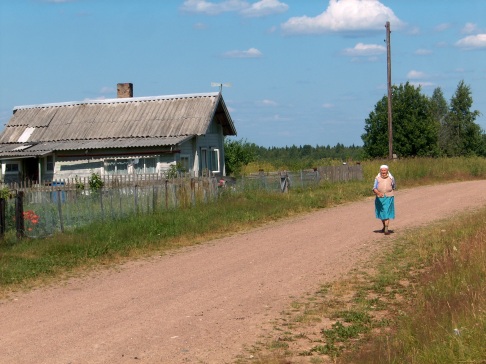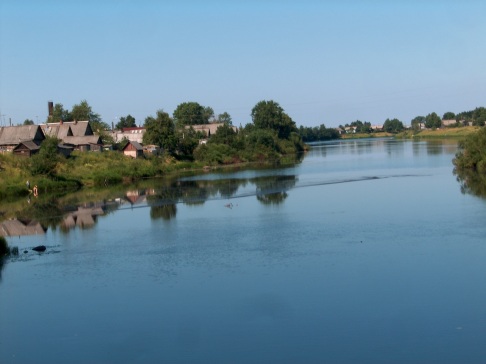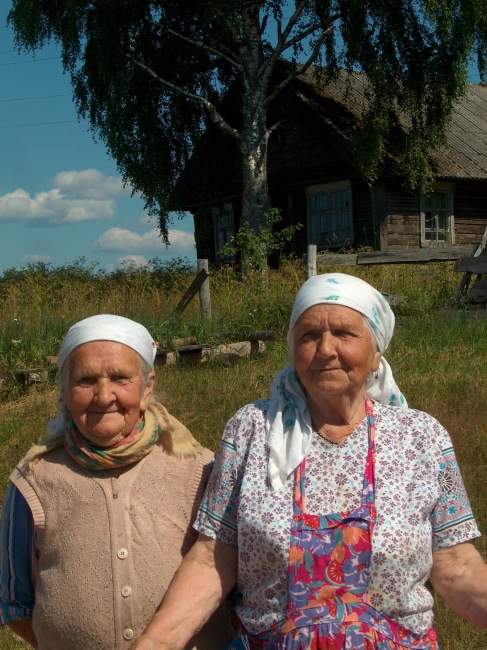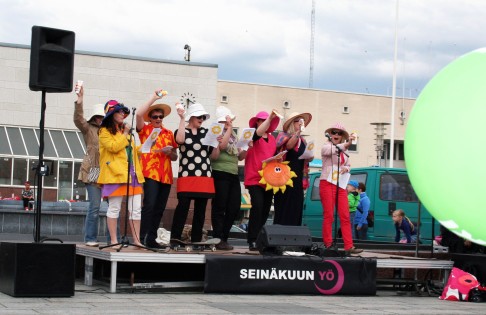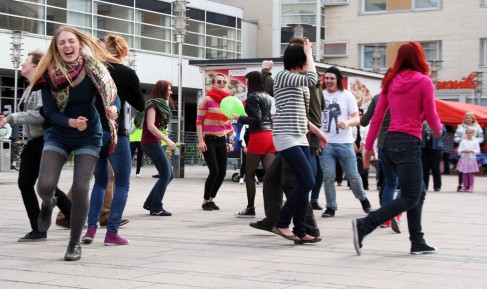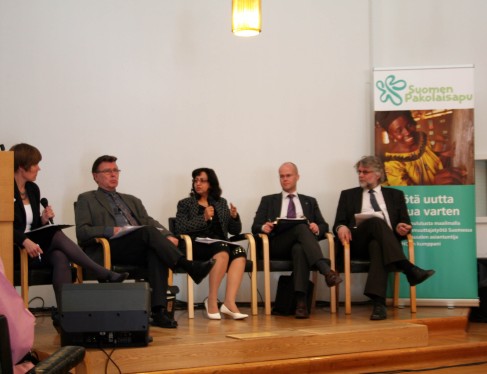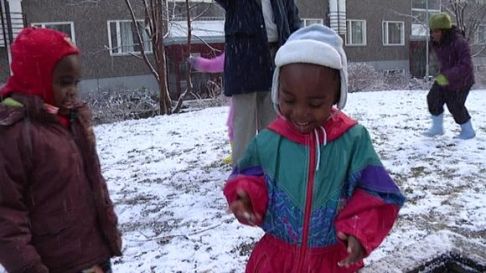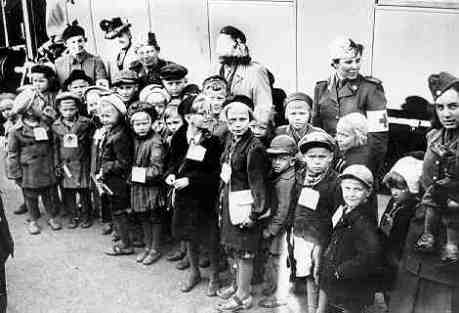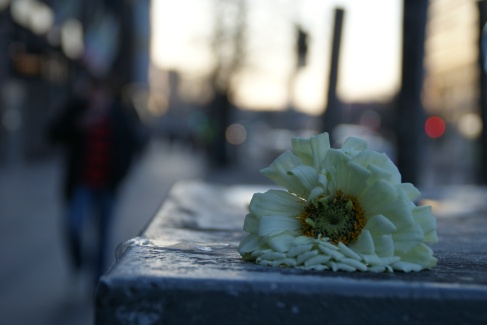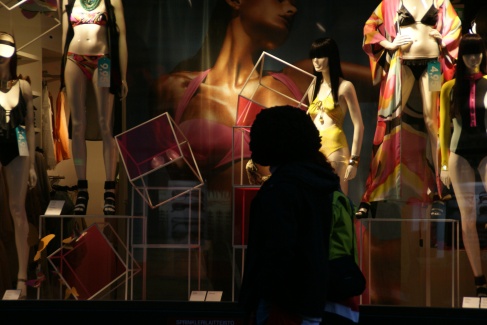Finland is a welfare state, where people have the right to a variety of benefits in different phases of their life. Sounds perfect, and in many cases it is.
But with all these crisis, we have to save and choose. Every time the government has to decide on a new budget, heated debates arise as nobody wants to see their money cut. Well, I guess it’s the same everywhere.
One of this spring’s political debates has been whether it’s ok to pay for moms and dads (well, mostly moms) who stay at home with kids. Some politicians suggested that this benefit (“kotihoidontuki” in Finnish) should be cut. And the storm rose. “The children are the most important thing there is, taking care of the household is hard work” etc.
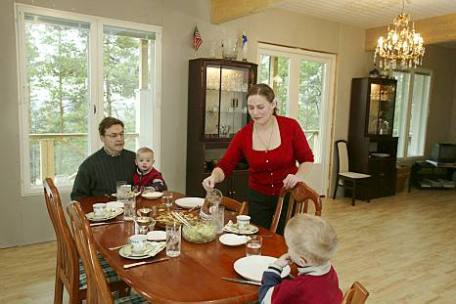
Home is the best place for kids, swears Nina Mikkonen, a public person representing the more extremist wing of Finnish housewives. She also announced in a newspaper interview that Kindergartens were a creation of Nazism. Credit: HS.
In Finland you get this benefit for a maximum 3 years, the longest period you can stay at home without losing your permanent job.
However, many economists argue it’s stupid to pay someone for staying home – for years. One expert even commented that women are lazy not going back to work. “You’re welcome to our home for a couple of weeks and see how it is”, a some moms responded.

Some say that staying home too long might be like a prison to women, ruin their career opportunities and even cause poverty. Credit: Taloussanomat.
Surprisingly, one reason for cutting the benefit was gender equality. They say it’s bad for women’s careers’ to stay out for so long. There should be other options like working less hours.
If everyone started to work when their children get 2 years old, this would mean 15 000 more women working. Wow!
Fo me, the question has no right or wrong answers, as every family is different. You should be able to go back to work as soon as you want or stay at home – without being critized in either case. Well, I don’t have kids but I’d certainly like to have these opportunities if I did.
***
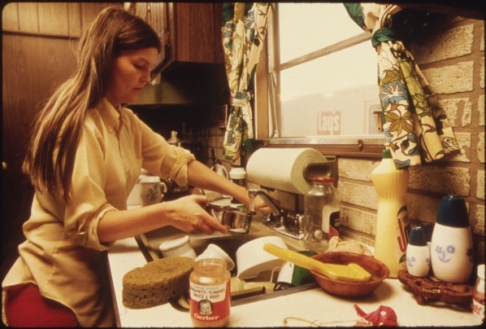
Thanks to a precedent case, Spanish housewives can now try to get compensation for “their loss” in the court.
How about elsewhere in Europe? I just read an interesting article from Spain, where a lady called Piedad F. was married to Vicente B. for 15 years, she had Master in Law but could never work as she “had to” stay at home for years taking care of their daughter.
The Highest Court decided that the husband has to pay the ex wife 108 000€ for compensation after the divorce – even if there was a marriage settlement. I wonder if there’ll now be more partners demanding “their rights”. Very interesting…




